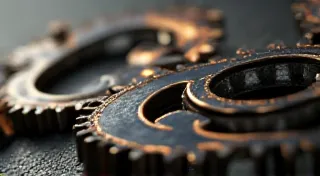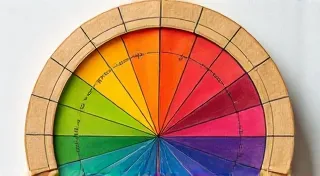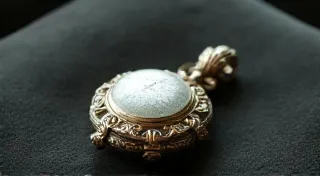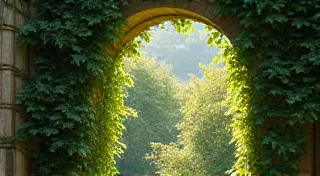Silent Storytellers: Using Miniature Figurines to Narrative Miniature Gardens
There's a quiet magic in miniature. It's not just about creating tiny versions of things we love; it's about conjuring entire worlds, brimming with untold stories. And at the heart of many miniature gardens, adding depth and personality, are figurines. Think of them as the punctuation marks of a tiny narrative – the pauses, the exclamations, the subtle shifts in tone that breathe life into the scene. My own fascination with figurines isn’t new. It began with my grandfather's collection of antique accordions. Each one – a bellows of seasoned wood, keys of aged ivory – whispered tales of itinerant musicians, smoky dance halls, and journeys across continents. They weren't just instruments; they were vessels of memory, tangible links to a past I could only imagine.
That same reverence for history, for the echoes of lives lived, is what I try to bring to my miniature gardens. It’s about more than just aesthetics; it’s about evoking a feeling, suggesting a story, letting the imagination wander.
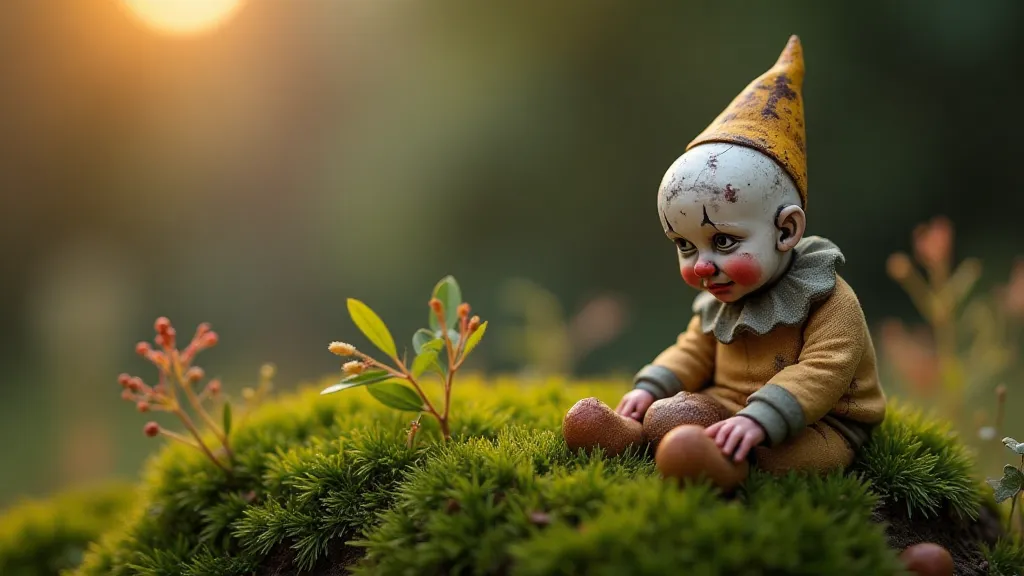
Choosing Your Characters: More Than Just Cutest
The selection of figurines is crucial. It's tempting to gravitate towards the "cutest" options – the rosy-cheeked children, the cheerful woodland creatures. While those certainly have their place, consider how they contribute to the overall story. Do you want a whimsical, lighthearted scene, or something more melancholic, mysterious, or even dramatic? The figures you choose will dictate the tone. Antique figurines, in particular, often carry a unique patina of history. A chipped arm, a faded dress, a slightly tilted head – these imperfections aren’t flaws; they’re marks of character, adding layers of intrigue.
Think about the materials as well. Porcelain exudes a certain elegance, perfect for Victorian-era scenes. Lead figures, common in antique dollhouses, have a heavier, more substantial feel. Resin figures offer incredible detail and a wider range of styles, from realistic to fantasy. Don't be afraid to mix and match, but be mindful of how the different materials interact visually.
Arranging Your Actors: Creating Micro-Stories
Once you’ve chosen your figurines, the real fun begins: arranging them. It’s not enough to simply place them randomly in the garden. Consider their relationships to each other and to the landscape. Are they interacting? Are they observing something? Are they lost in thought?
A single figure, thoughtfully placed, can be incredibly powerful. A miniature gardener tending to a tiny rose bush, a solitary traveler pausing to admire a miniature waterfall – these simple scenes can evoke a sense of peace and reflection. A group of figures, however, offers more opportunities for storytelling. A family gathered around a miniature picnic table, a group of friends sharing a secret – these scenes can convey a sense of community and belonging.
Remember that perspective is everything. A figure viewed from a low angle appears larger and more imposing. A figure viewed from a high angle appears smaller and more vulnerable. Use this to your advantage to create a sense of drama or humor.
The Landscape as Backdrop: Setting the Scene
The landscape is more than just a backdrop; it’s an active participant in the story. A crumbling ruin suggests a history of loss and decay. A lush forest evokes a sense of mystery and enchantment. A sunny meadow conjures feelings of joy and contentment.
Consider the scale of the figurines in relation to the landscape. A towering tree can create a sense of awe and wonder. A tiny wildflower can draw attention to the delicate beauty of nature.
Don't be afraid to use unconventional materials to create your landscape. Crushed eggshells can be used to create a sandy beach. Ground coffee can be used to create a rich, dark soil. Even bits of fabric or yarn can be used to create interesting textures and details.
Preserving the Past: Caring for Antique Figurines
If you’re using antique figurines, it's essential to handle them with care. They are fragile and delicate, and they can be easily damaged. Avoid exposing them to direct sunlight or extreme temperatures. Regular dusting with a soft brush is all they usually need.
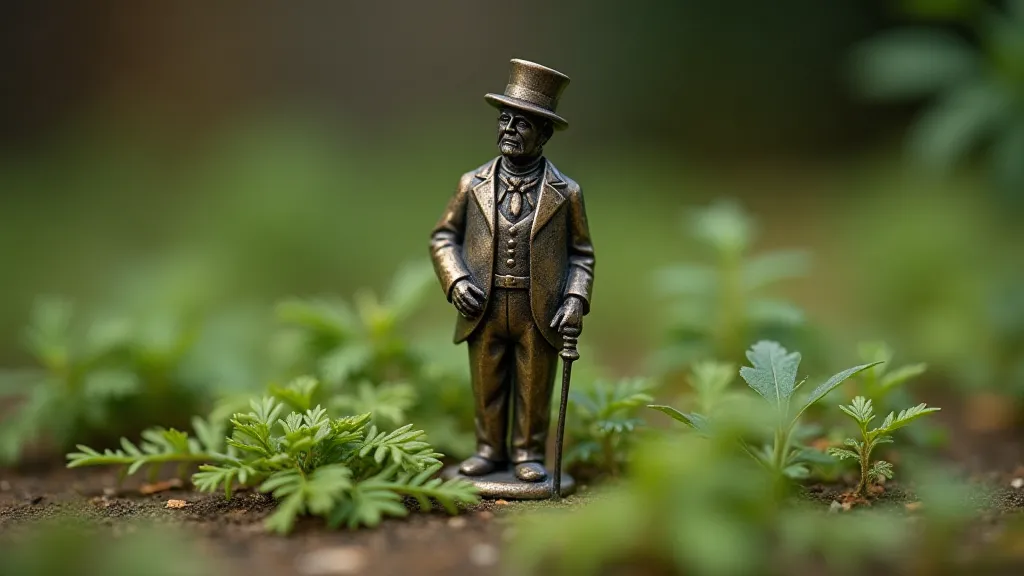
Restoration is a tricky subject. While it might be tempting to "fix" a chipped arm or repaint a faded dress, it’s often best to leave the imperfections as they are. They are part of the figurine’s history and character. If you're considering restoration, research thoroughly and consult with a professional. Improper restoration can damage the figurine and diminish its value.
Finding Your Inspiration: The Accordion’s Echo
My grandfather’s accordions taught me a valuable lesson: that beauty often lies in imperfection, that stories are best told through subtle gestures and unspoken words. Applying this to my miniature gardening, I strive to create scenes that are not just visually appealing, but emotionally resonant. Scenes that invite the viewer to pause, to imagine, to connect with a world just beyond their reach.
The process isn’s about replicating something perfectly; it’s about evoking a feeling, capturing a moment in time, creating a silent story that whispers to the soul. Like the faint, melancholic strains of an antique accordion, a miniature garden can transport you to another place, another time, another world.
Consider what stories your miniature garden might tell. What characters will inhabit your tiny world? What landscapes will provide the backdrop for their adventures? Don’t be afraid to experiment, to be creative, to let your imagination run wild. The possibilities are endless.
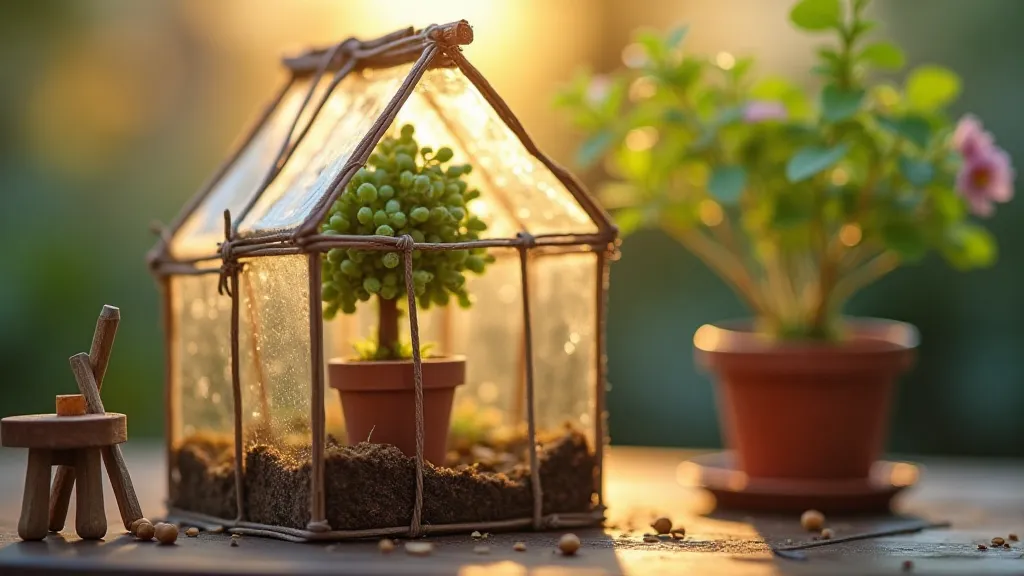
Creating miniature gardens isn’t just a hobby; it’s a form of storytelling. And like any good story, it’s about connecting with something deeper, something more meaningful. It’s about finding beauty in the small things, and sharing that beauty with the world.
